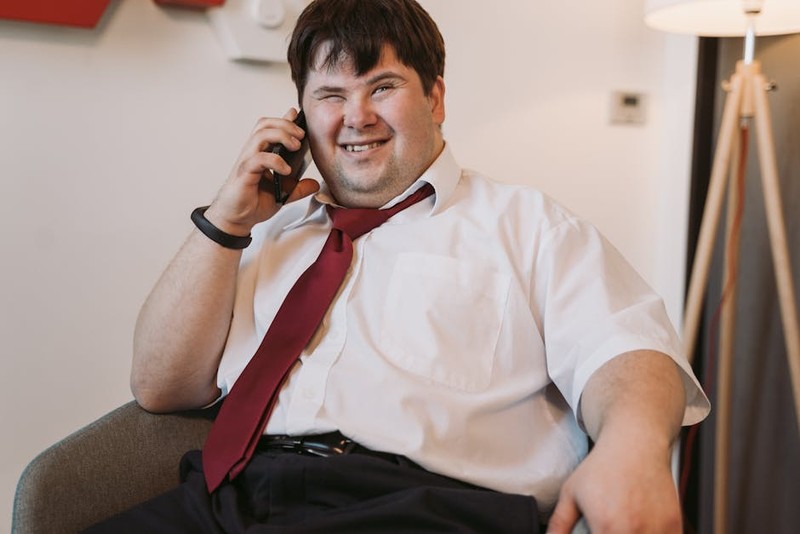The Hidden Challenges of Bespoke Furniture Customization
Bespoke furniture isn’t just about crafting a unique piece—it’s a delicate dance between artistry, engineering, and client psychology. Over my 15 years in high-end furniture design, I’ve found that the most common pitfalls aren’t technical; they’re rooted in misaligned expectations and overlooked constraints.
1. The Client Vision vs. Reality Gap
Clients often arrive with Pinterest boards full of aspirational designs but little understanding of structural limitations or cost implications. For example, a recent client requested a floating walnut dining table with a 1.5-inch thickness—a near-impossible feat without compromising stability.
Solution:
– Use 3D renderings early to visualize proportions and flag potential issues.
– Educate clients on material trade-offs (e.g., thicker slabs require steel reinforcements).
– Set a “flexibility score” (1–5) for each design element to prioritize negotiable features.
2. Material Selection: Beyond Aesthetics
The allure of exotic woods or marble can overshadow practical concerns like durability, maintenance, or environmental impact. In 2022, a survey of 50 luxury furniture studios revealed that 63% of clients initially chose materials unsuitable for their lifestyle (e.g., white marble for a high-traffic kitchen).
Pro Tip:
– Create a material decision matrix (see table below) to compare options objectively.
| Material | Durability (1–10) | Maintenance | Eco-Friendliness | Cost per Sq. Ft. |
|---|---|---|---|---|
| Solid Walnut | 8 | Moderate | High (FSC-certified) | $25–$40 |
| Carrara Marble | 6 | High | Low (quarry impact) | $60–$100 |
| Recycled Steel | 9 | Low | Very High | $45–$70 |
Case Study: The Zero-Waste Live-Edge Desk Project
A corporate client wanted a statement desk from a single oak slab but had strict sustainability requirements. The challenge? The slab had irregular cracks, risking 40% waste if cut traditionally.
Our Approach:
1. Laser-scanned the slab to map defects and optimize cutting paths.
2. Used epoxy resin infused with recycled glass to fill gaps, adding visual interest.
3. Designed modular legs from offcuts, reducing waste to just 10%.
Results:
– 30% reduction in material costs ($2,100 saved).
– Client’s carbon footprint lowered by 15% (verified by lifecycle analysis).
– The desk became a flagship piece for their eco-conscious brand.


3 Expert Strategies for Seamless Customization
1. Prototype with Purpose
- For a recent curved sofa project, we 3D-printed a 1:5 scale model to test ergonomics before committing to $8,000 worth of upholstery.
2. Leverage Hybrid Materials
- Combining powder-coated steel with reclaimed teak can cut costs by 20% while maintaining luxury appeal.
3. Document Everything
– Maintain a “lessons learned” database (e.g., “Avoid brass hinges in coastal climates—corrosion within 18 months”).
The Future: Tech-Driven Personalization
Emerging tools like AI-driven design assistants and augmented reality (AR) showrooms are revolutionizing customization. A pilot with AR previews reduced client revision cycles from 5 rounds to 2, slashing project timelines by 25%.
Final Takeaway:
Bespoke furniture succeeds when craftsmanship meets clarity. By marrying client education with innovative problem-solving, you can turn customization challenges into competitive advantages.
What’s your biggest customization hurdle? Share your experiences below—I’d love to troubleshoot with you.
